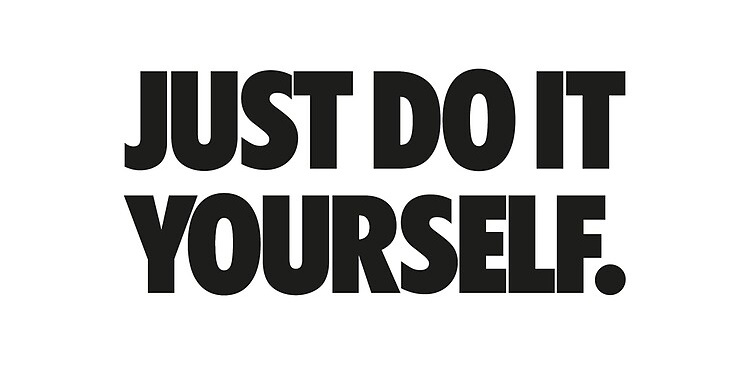The Scrum Master has two important roles: to remove impediments that are blocking the team’s progress, and to coach the team in becoming self-managing. While these roles may seem contradictory, they are actually complementary and interconnected. As a Scrum Master, you’re kind of like a parent to your Scrum Team. Your primary job is to remove obstacles that are blocking your kids’ progress, but you also need to coach them in becoming self-sufficient. It’s like teaching your kids to tie their own shoes, ride their own bikes and make their own lunches. Sometimes, you’d like to yell at those teenagers: “Do it yourself, dammit!”.

In terms of the Scrum Master’s role as an impediment remover, their focus is on identifying and eliminating impediments that are preventing the team from achieving its goals. These impediments may be related to people, processes, tools, or any number of other factors. The Scrum Master is responsible for facilitating communication and collaboration among team members, as well as with stakeholders outside the team, in order to identify and address impediments. However, the Scrum Master also plays a crucial role in helping the team become more self-managing. This means that the team is able to identify and solve their own impediments, without relying on the Scrum Master to do it for them. As the team becomes more mature in its agile practices, it will be better equipped to handle a wider range of issues on its own.
When your kids are first learning to do things on their own, you have to be there to help them. You tie their shoes, hold the back of the bike, and make their sandwiches. But as they get older and more capable, you start to step back and let them do things themselves. You let them ride their bike without training wheels, and you let them experiment with different sandwich combinations.
The same is true for your Scrum Team. When they’re just starting out, you need to be there to remove any obstacles that are getting in their way. You help them work through problems, facilitate communication between team members, and keep everyone focused on the end goal. But as your team becomes more mature and capable, you can start to step back and let them handle things themselves. You encourage them to take ownership of their work and to find solutions to their own problems. You give them the tools and resources they need to be successful, and then you let them take it from there.
Coaching self-management
To help the team become more self-managing, the Scrum Master can take several steps. First, they can encourage the team to take ownership of their work and to take responsibility for their own success. This means giving them the autonomy to make decisions and take action without needing constant oversight or approval.
Second, the Scrum Master can help the team develop their problem-solving skills. This means teaching them to identify and analyze problems, brainstorm solutions, and test and evaluate their ideas. The Scrum Master can also encourage the team to experiment and take risks, in order to learn from their mistakes and continually improve.
Finally, the Scrum Master can foster a culture of continuous improvement. This means encouraging the team to reflect on their work and identify areas for improvement, and providing them with the tools and resources they need to make changes. By constantly striving to improve, the team will become more self-reliant and better able to handle impediments on their own.
“Hey, can you please fix…”
As a Scrum Master, when a Developer brings up an impediment that can easily be fixed by themselves, it is important to encourage the Developer to take ownership of the problem and find a solution. One way to approach this is to ask the Developer what steps they have already taken to try to resolve the issue. This can help the Developer think through the problem and come up with potential solutions. If the Developer hasn’t tried anything yet, you can encourage them to take some time to research possible solutions and then report back to the team with their findings.
Another way is to ask the rest of the team if anyone has ever had a similar problem and if they have any ideas for how to solve it. This can foster team cooperation and knowledge-sharing, allowing the Developer to identify a solution more rapidly.
It’s vital to remember that your responsibility as a Scrum Master is to enable communication and cooperation within the team, not to solve every problem for the team. By encouraging the Developer to discover their own solution, you are contributing to the team’s culture of self-reliance and continual progress.
If the Developer is still unable to come up with a solution after using these options, you can provide assistance and help as needed. If the issue is interfering with the team’s ability to deliver on their goal, you can escalate it to the Product Owner or other stakeholders. The goal is to strike a balance between encouraging the Developer to take responsibility of the problem and develop a solution on your own.
It’s like the old adage goes: “Give a man a fish, and he will be fed for a day. Teach a man to fish, and he will be fed for the rest of his life.” You’re not just there to solve problems for your team as a Scrum Master; you’re also there to educate them how to solve problems for themselves. It’s similar to teaching your children to fish (or fix their tires or prepare a sandwich), so they may be self-sufficient and successful in the long term.
Hm. Perhaps I should call myself a Scrum Dad.
